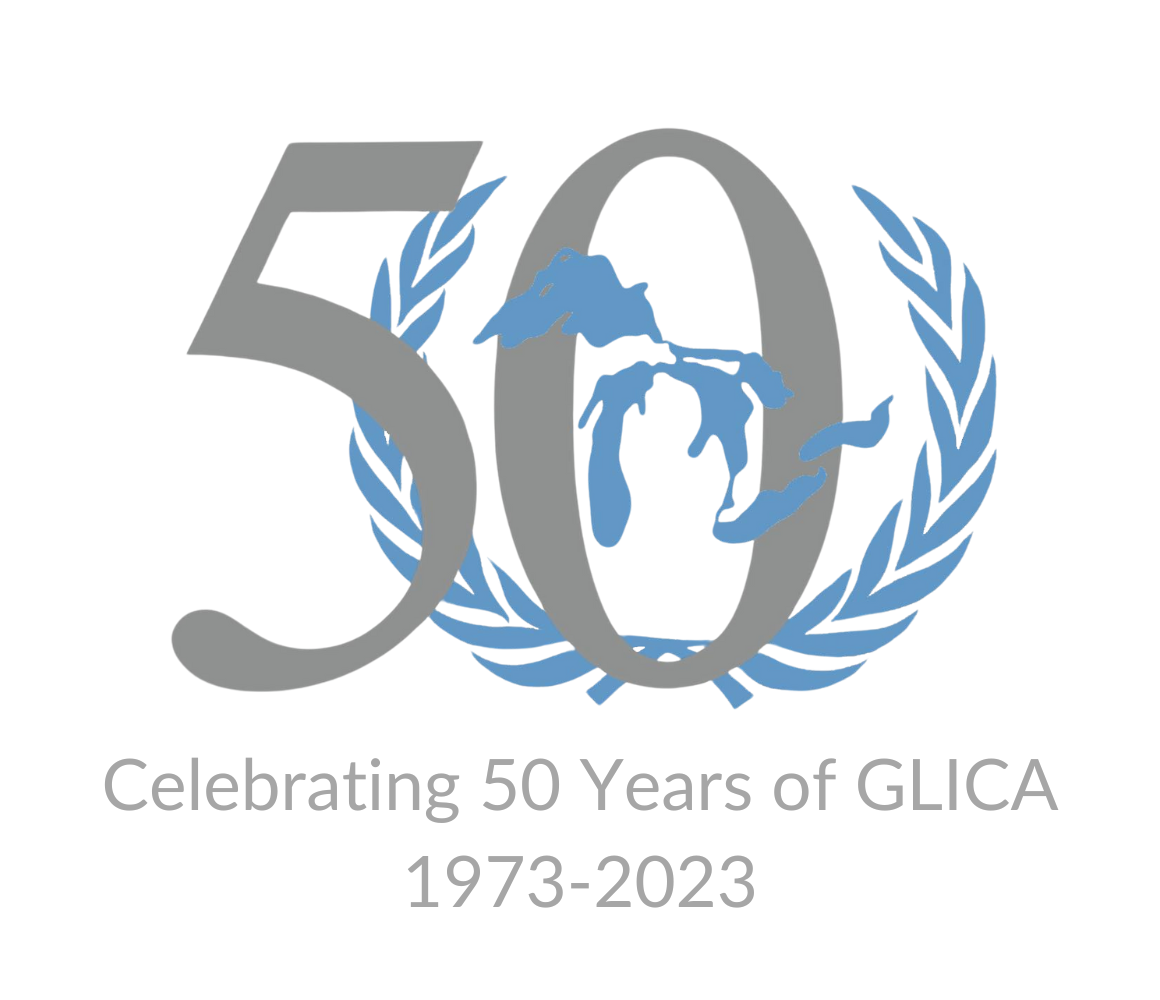Topic:
Country: Haiti
Delegate Name: Nathaniel Calabio
Committee: IUCN
Topic: Regulating Invasive Species
Country: The Republic of Haiti
School: Forest Hills Central High School
Invasive species have the potential to cause irreversible damage to dozens of countries, irreparably harming biodiversity and endangering hundreds of environments around the globe. Alien plant species have been shown to negatively impact both native plants and animals (Vila et al. 2011). One way to treat the damage caused by harmful alien species is through eradication (Holmes et al. 2019). The country of Haiti has been victimized by invasive species for multiple decades, causing multitudes of problems for the country (Coolman 2016).
Invasive plant species have been reported to significantly reduce native plant species’ growth, abundance, and diversity, as well as decrease native animal species’ fitness and abundance (Vila et al. 2011). They have also been responsible for 423 billion dollars in damages globally (Dickie 2023). By not implementing sufficient methods of stopping invasive species, they severely damage global biodiversity, which can lead to ecological collapse.
A promising way of dealing with invasive species is through eradication. By selecting certain islands containing endangered species threatened by alien species and eradicating the alien species, the native species was able to recover. Unfortunately, this method costs a fortune and requires significant political support to be able to function properly (Holmes et al. 2019). As of now, wide-scale efforts to control invasive species are expensive, but with the assistance of the committee, the delegation of Haiti believes that the spread of alien species can be controlled.
The country of Haiti has been a victim of alien species for multiple decades. One of these species is the small Indian Mongoose, and it is believed by many to carry rabies (Coolman 2016). While the likelihood of a mongoose carrying rabies is low (Browne et al. 2021), the threat of invasive species carrying disease and spreading it through the populace is a very real possibility, one that could be prevented through the control of invasive species.
References:
https://onlinelibrary.wiley.com/doi/epdf/10.1111/j.1461-0248.2011.01628.x
https://journals.plos.org/plosone/article/file?id=10.1371/journal.pone.0212128&type=printable
https://cardinalscholar.bsu.edu/server/api/core/bitstreams/ae91d2ea-06e6-4d4b-8e42-6a3415c0961a/content
https://www.weforum.org/stories/2023/09/invasive-species-cost-global-economy-billions/#:~:text=Invasive%20species%20cost%20the%20world%20%24423%20billion%20every%20year&text=They%20play%20a%20key%20role,invasive%20species%2C%20according%20to%20scientists.
https://journals.plos.org/plosntds/article?id=10.1371/journal.pntd.0009536


